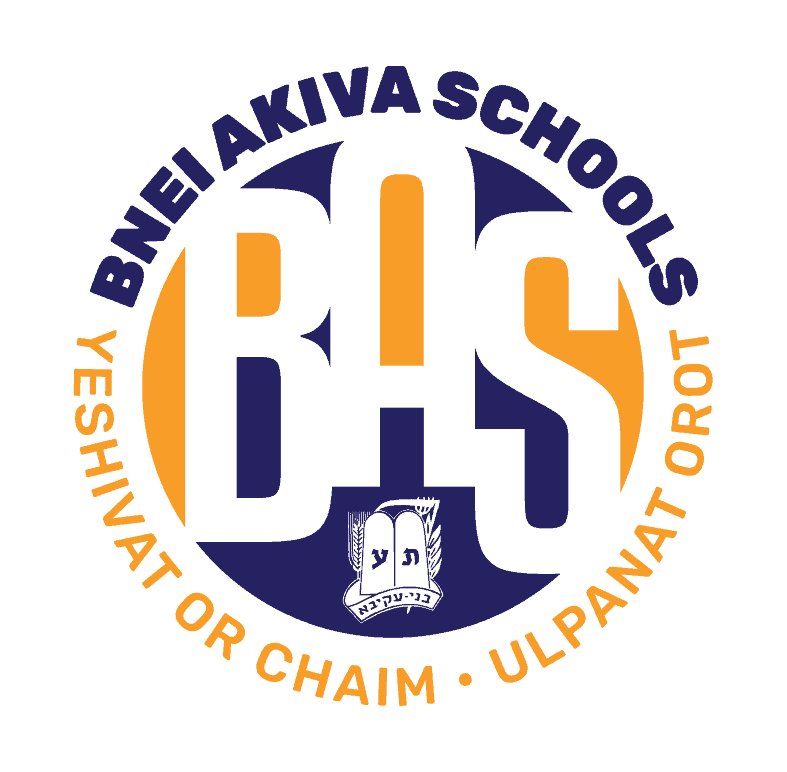 by Mrs. Sara Munk
by Mrs. Sara Munk
Assistant Principal, Ulpanat Orot
Judaism has many customs, many of which people don’t even know the reason behind them. One of these customs is kreplach, pieces of dough wrapped around ground meat or chicken, similar to a dumpling. They are often put in chicken soup or fried and served as a separate dish. While kreplach can obviously be enjoyed all year long, there are 3 times during the year that some people have the tradition to eat them: Erev Yom Kippur, Hoshana Rabba and Purim.
What is common to these 3 holidays and what about them connects to a dumpling?
One answer is the common theme of judgement. On Yom Kippur, G-d judges us for the upcoming year and on Hoshana Rabba those judgements are officially sealed. On Purim, the Jewish nation was judged, and we emerged victorious against the evil Haman. The hidden meat within the dough represents the Divine attribute of kindness, wrapped within the attribute of justice. On days that we would think would be marked by strict judgement, G-d reminds us that his merciful side is there and will come through. All three of these days are marked by a klop, a harsh blow of sorts. We strike our chests on Yom Kippur, our willow branches on Hoshana Rabba and our feet and hands when we hear Haman’s name on Purim.
Another possibility is the common element of hiddenness. Each of these 3 days are a hidden Yom Tov- special days in which are permitted to do melacha. The greatness of these days can often be concealed, given the fact that we are permitted to carry on with our lives in the ways we are used to during the week. We eat kreplach on these days to remind us it is a holiday, one in which the meat, the holiday symbol, is there, but concealed within a dough.
The theme of hiddenness runs all throughout Purim. As we know, Hashem’s name is notably absent from Megillat Esther. Just like the with kreplach, G-d is sending us a powerful message. The meat may not always be visible, but in a kreplach, it is always there. Despite G-d’s name not being mentioned, one has to look deeper to find a hint of Him. When Esther invites Achashverosh and Haman to her first party, she states:
יבוא המלך והמן היום אל המשתה אשר עשיתי לו
Let the king and Haman come this day unto the banquet that I have prepared for him. (5:4)
If one pays attention the first letter of each of the first four words, G-d’s name is there. Esther recognizes that while she may have a plan, only G-d can ensure that it carries through.
After Esther reveals to the king the reason for her feasts, that Haman was plotting to kill the Jews, we read the following:
וְהַמֶּלֶךְ קָם בַּחֲמָתוֹ, מִמִּשְׁתֵּה הַיַּיִן, אֶל-גִּנַּת, הַבִּיתָן; וְהָמָן עָמַד, לְבַקֵּשׁ עַל-נַפְשׁוֹ מֵאֶסְתֵּר הַמַּלְכָּה–כִּי רָאָה, כִּי-כָלְתָה אֵלָיו הָרָעָה מֵאֵת הַמֶּלֶךְ.
And the king arose in his wrath from the banquet of wine and went into the palace garden; but Haman remained to make request for his life to Esther the queen; for he saw that there was evil determined against him by the king. (7:7)
When Haman realizes he has been exposed, he begs for his life from Esther, because he knew the King was going to punish him. In the last part of this verse (underlined), the four letters of G-d’s name appear in the last letter of each word. Haman realized that the bad that was about to fall upon him was not only going to be from Achashverosh, but also from G-d.
There are so many lessons we can learn from the Megilla. One of the most powerful is the presence of G-d, albeit in hidden form. Hashem is teaching us a powerful lesson: pay attention to what may not be in front of you, to the meat inside the kreplach. Look beyond what you see, and consider the powerful presence of Hashem that is always in our lives, whether we see it in front of us or not.

